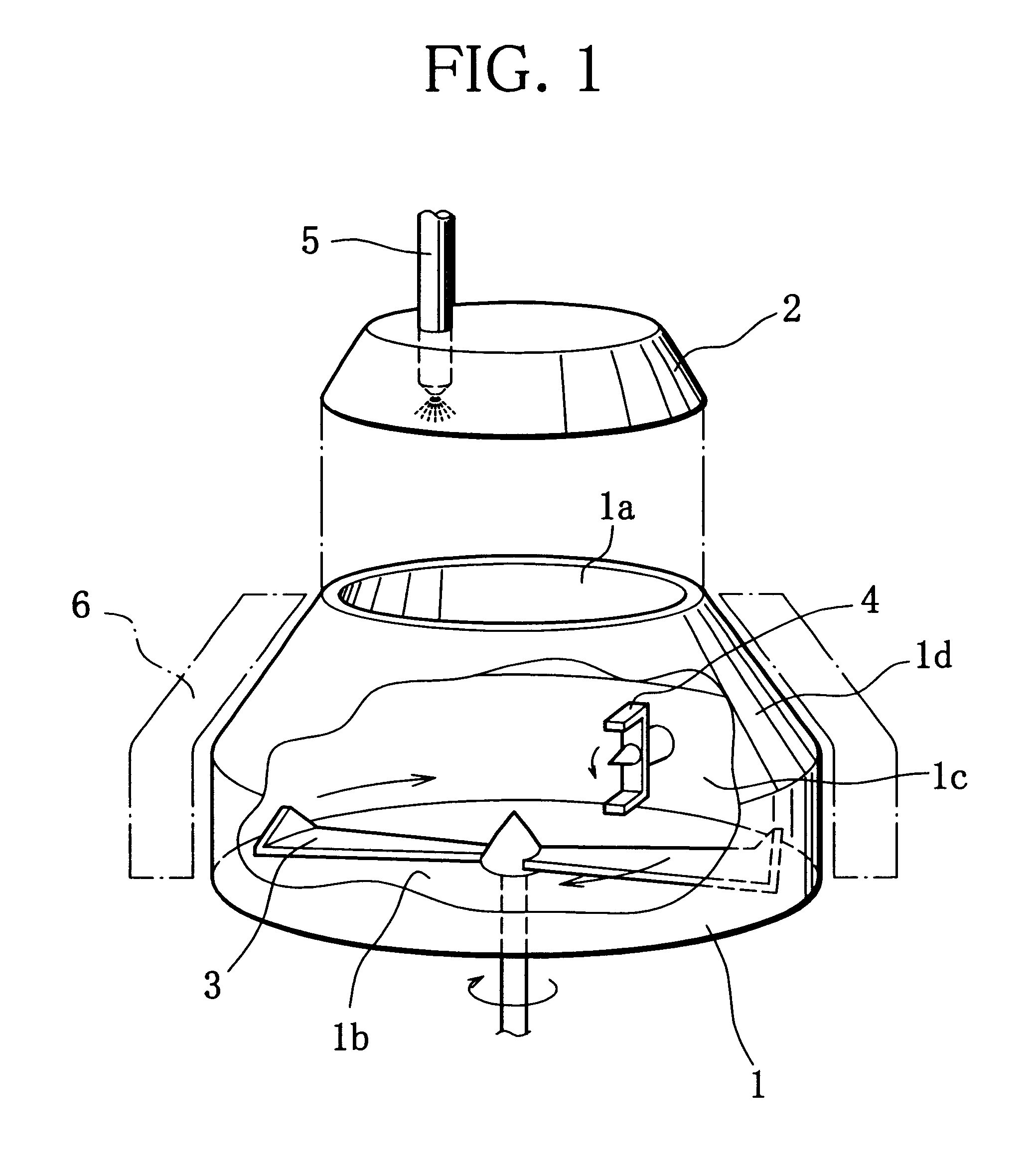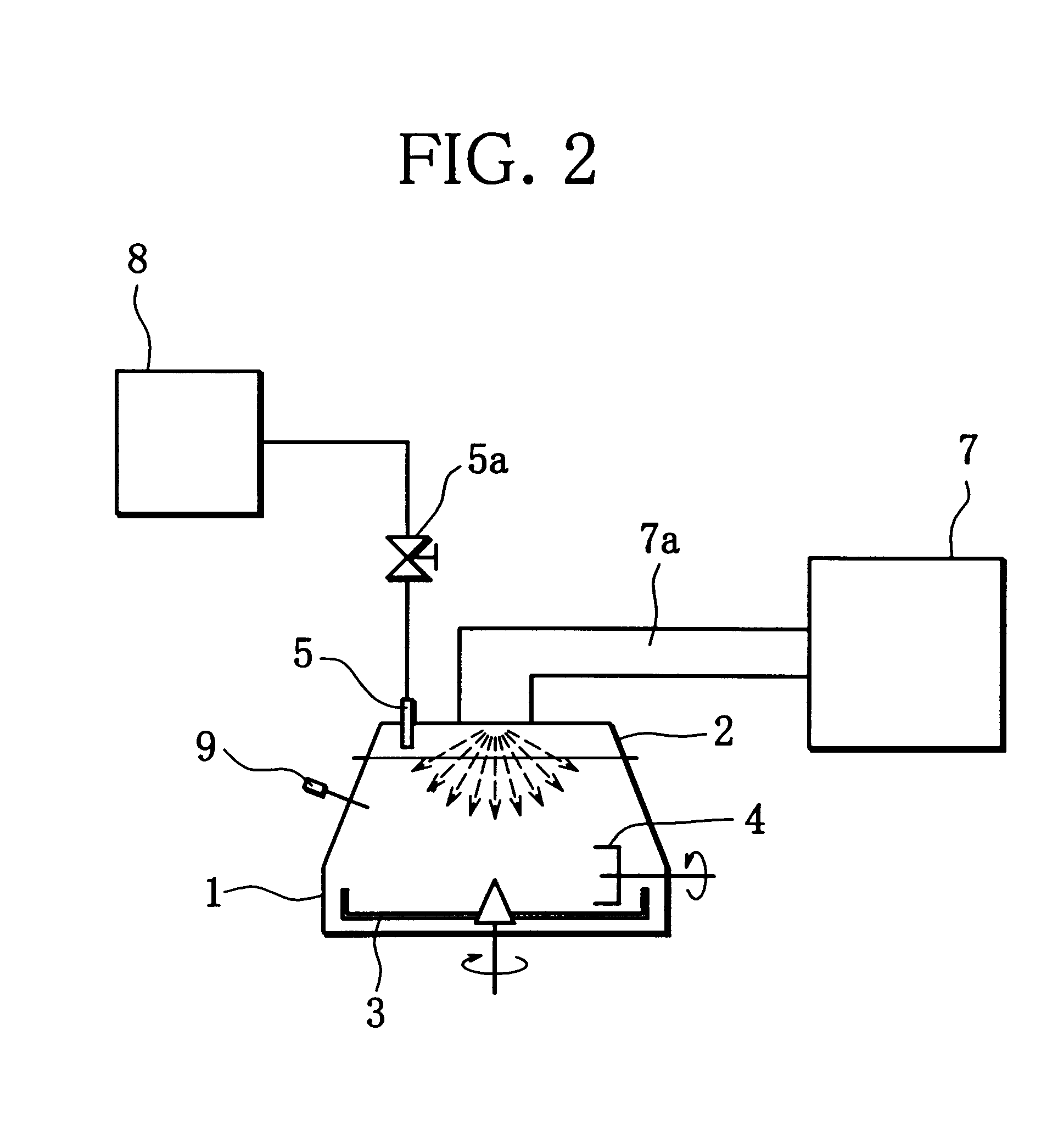Production method of active material for positive electrode of alkaline secondary battery, positive electrode using the active material and production method of alkaline secondary battery using the positive electrode
a technology of active materials and alkaline secondary batteries, which is applied in the direction of cell components, final product manufacturing, sustainable manufacturing/processing, etc., can solve the problems of increasing the production cost of nickel electrodes, reducing the formation amount of the above-mentioned conductive matrix accordingly, and unable to realize effective use, etc., to achieve high utilization and avoid the risk of deterioration
- Summary
- Abstract
- Description
- Claims
- Application Information
AI Technical Summary
Benefits of technology
Problems solved by technology
Method used
Image
Examples
examples 8 to 13
In the production condition the same as the example 4 with the mixed particles used for producing the active material of the example 4, except that the concentration of the aqueous solution of sodium hydroxide to be added was changed, various kinds of active materials were produced, and the utilization thereof was measured. Results thereof are shown in Table 4.
As apparent from Table 4, in producing an active material in the present invention, it is preferable to use an aqueous solution of sodium hydroxide of a 1 to 14N concentration.
examples 14 to 19
In the production condition the same as the example 4 with the mixed particles used for producing the active material of the example 4, except that the heat treatment temperature was changed, various kinds of active materials were produced, and the utilization thereof was measured. Results thereof are shown in Table 5.
As apparent from Table 5, in producing an active material in the present invention, it is preferable to set the heat treatment temperature at 35 to 160.degree. C.
examples 20 to 25
In the production condition the same as the example 4 with 1 kg of the mixed particles used for producing the active material of the example 4, except that the output power of the magnetoron was changed, various kinds of active materials were produced, and the utilization thereof was measured. Results thereof are shown in Table 6.
As apparent from Table 6, in producing an active material in the present invention, it is preferable to set the output of the magnetoron at 0.5 to 12.0 kW per 1 kg of the mixed particles.
PUM
| Property | Measurement | Unit |
|---|---|---|
| output power | aaaaa | aaaaa |
| temperature | aaaaa | aaaaa |
| pH | aaaaa | aaaaa |
Abstract
Description
Claims
Application Information
 Login to View More
Login to View More - R&D
- Intellectual Property
- Life Sciences
- Materials
- Tech Scout
- Unparalleled Data Quality
- Higher Quality Content
- 60% Fewer Hallucinations
Browse by: Latest US Patents, China's latest patents, Technical Efficacy Thesaurus, Application Domain, Technology Topic, Popular Technical Reports.
© 2025 PatSnap. All rights reserved.Legal|Privacy policy|Modern Slavery Act Transparency Statement|Sitemap|About US| Contact US: help@patsnap.com


